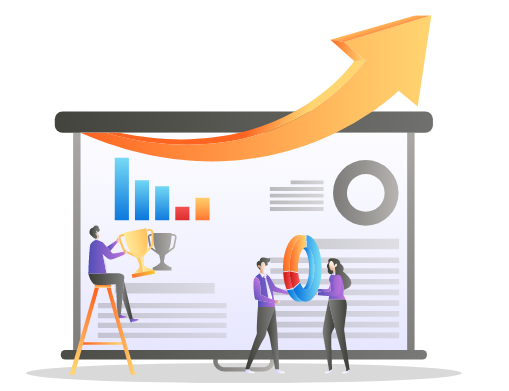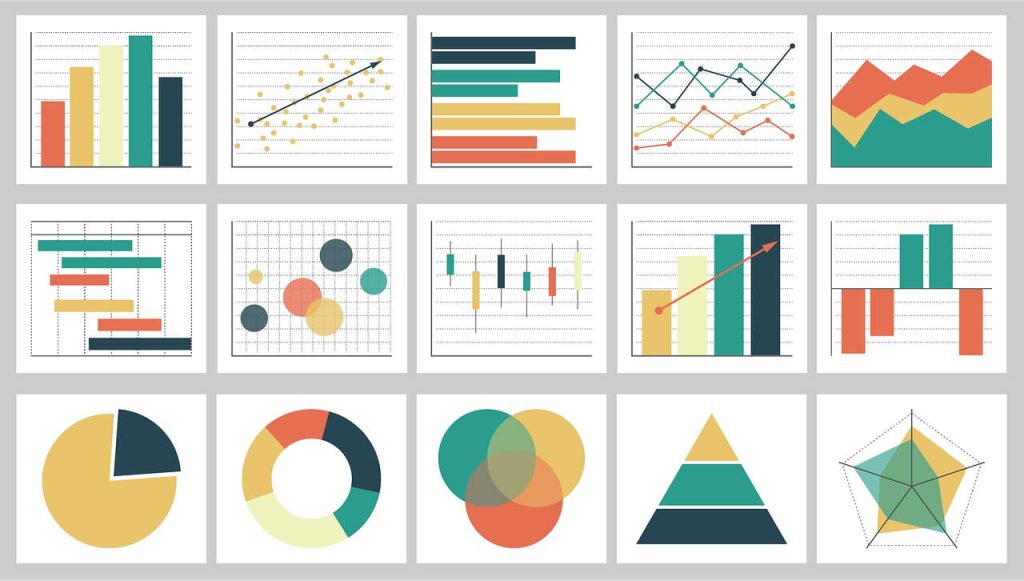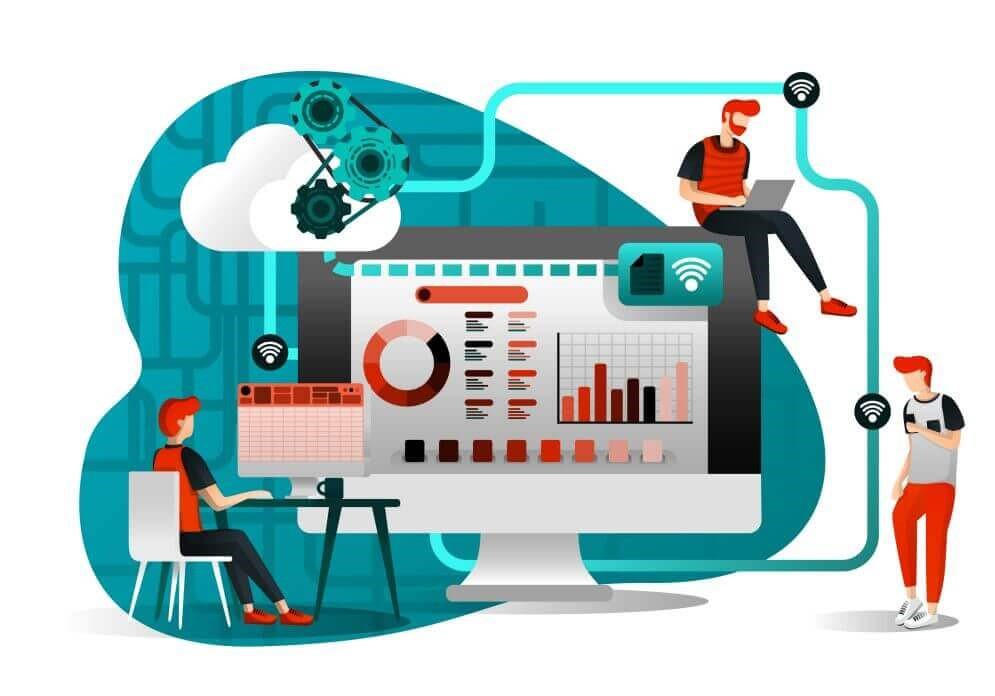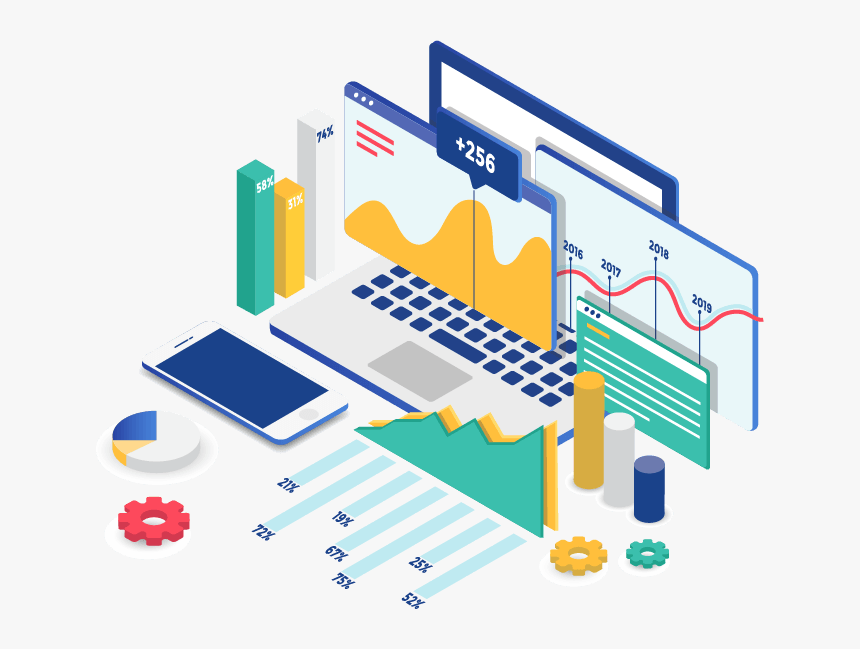Top 5 Benefits of Data Analytics In Healthcare
Data analytics has become increasingly important in healthcare as it provides valuable insights that help healthcare organizations improve patient care, operational efficiency, and financial performance. The top 5 benefits of data analytics in healthcare are: Improved Patient Outcomes: Data analytics allows healthcare organizations to identify patterns and trends in patient data, which can help identify patients at risk of developing certain conditions and develop personalized treatment plans to improve patient outcomes. By analyzing patient data, healthcare organizations can also identify gaps in care and take proactive measures to address them. Increased Efficiency: Data analytics can help healthcare organizations optimize their operations and reduce costs. By analyzing data on patient flow, resource utilization, and other key metrics, healthcare organizations can identify areas of inefficiency and implement process improvements to increase efficiency. Better Resource Allocation: With the help of data analytics, healthcare organizations can allocate their resources more effectively. By analyzing patient data, healthcare organizations can identify patient populations that require more resources and develop targeted interventions to improve their health outcomes. Improved Financial Performance: Data analytics can help healthcare organizations improve their financial performance by reducing costs and increasing revenue. By analyzing data on patient flow, resource utilization, and other key metrics, healthcare organizations can identify areas of inefficiency and implement process improvements to reduce costs. Additionally, by identifying patient populations that require more resources, healthcare organizations can develop targeted interventions that improve patient outcomes and increase revenue. Enhanced Strategic Decision Making: Data analytics provides valuable insights that can help healthcare organizations make informed strategic decisions. By analyzing data on patient outcomes, resource utilization, and other key metrics, healthcare organizations can identify areas for improvement and develop strategic plans that align with their organizational goals. By using data analytics, healthcare organizations can make data-driven decisions that improve patient care, increase efficiency, and improve financial performance.







